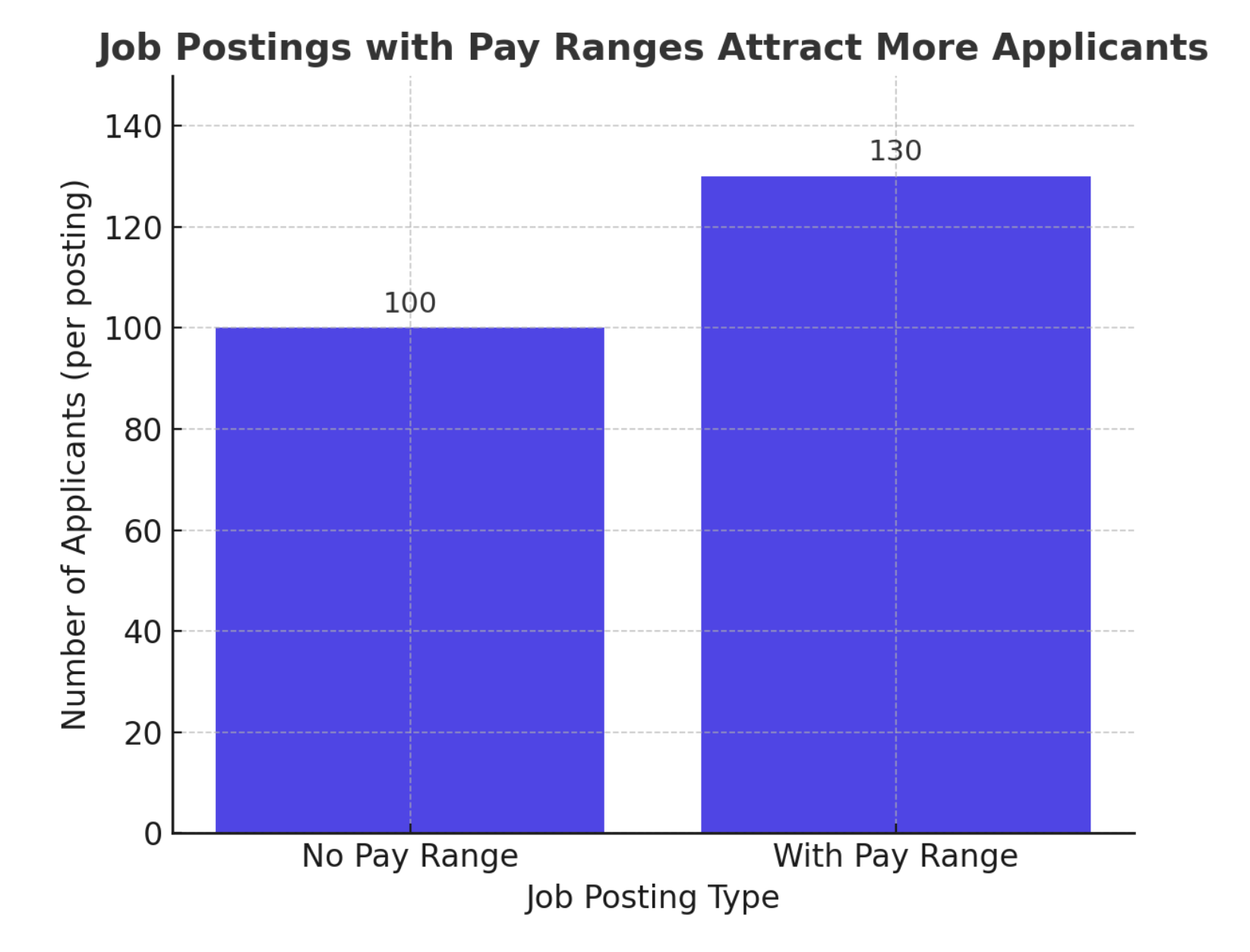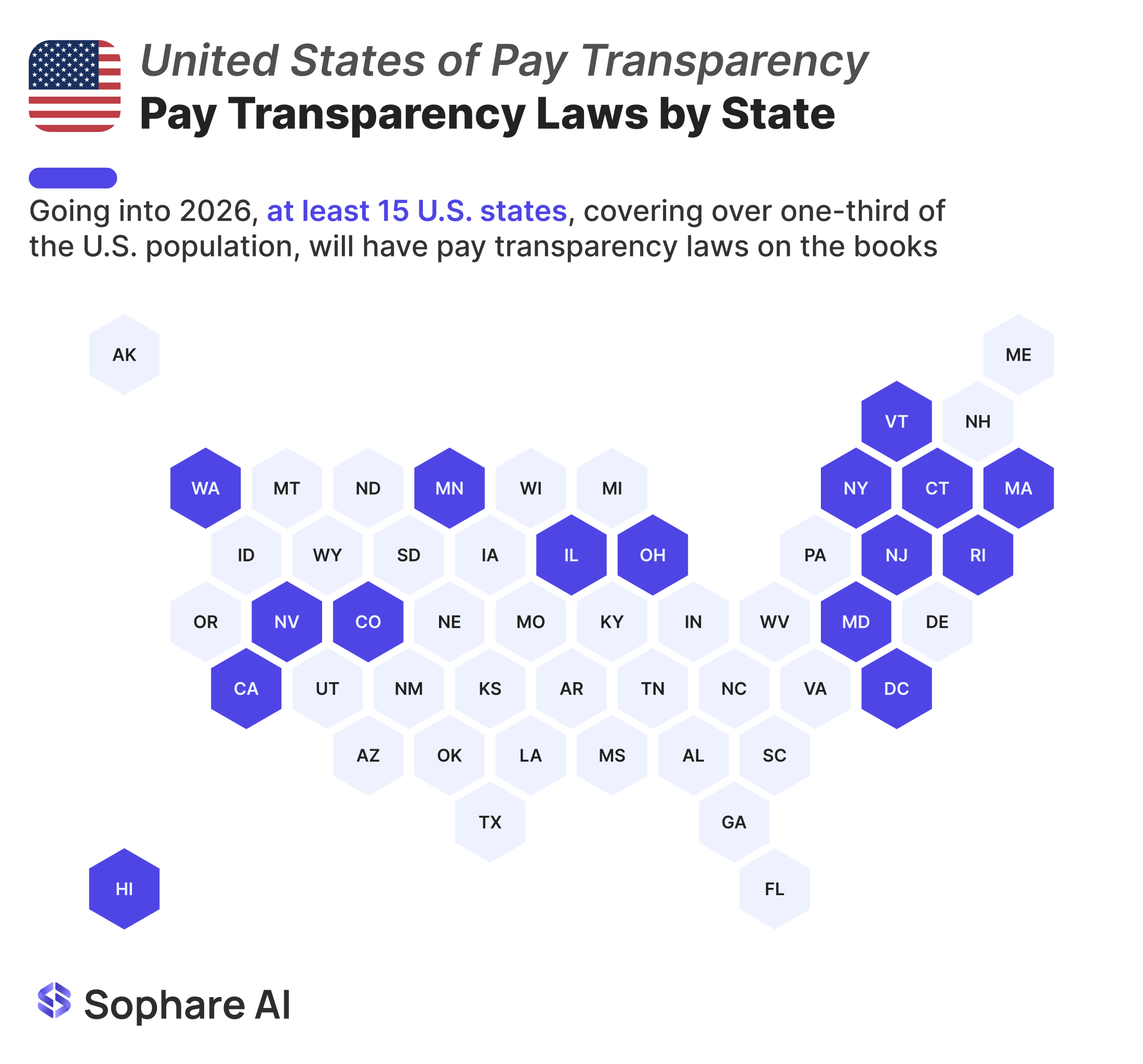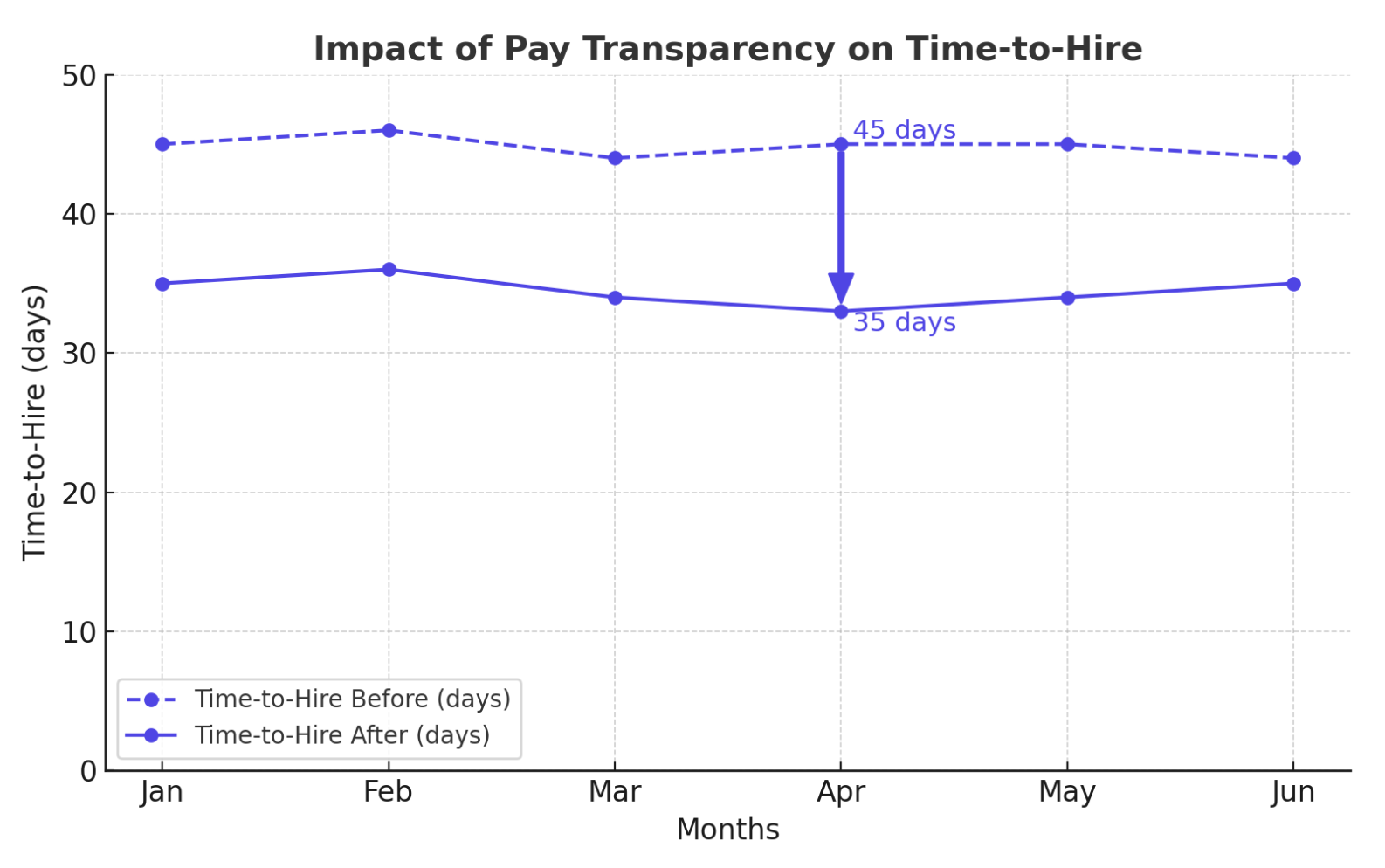What U.S. Pay-Transparency Mandates Teach European HR Leaders: A Road-Map for Proactive Hiring and Compliance
Pay transparency is no longer theoretical. It is law in major U.S. states such as New York, California, Colorado, and Illinois, where employers are now required to publish salary ranges in job postings. For HR leaders in Europe and in U.S. states where disclosure is not yet mandatory, this trend is a glimpse of the near future. The data is clear: transparency reshapes recruitment outcomes, boosts employer credibility, and closes wage gaps. Companies that prepare now will find themselves not just compliant but ahead of competitors in attracting and retaining the best talent.
Why Pay-Range Disclosure Matters
In the United States, job seekers are responding decisively to transparency. LinkedIn, Indeed, and other platforms report that job postings with pay ranges attract significantly higher traffic. Some analyses show up to a 30 percent increase in applications when salary data is included. The quality of candidates also improves, as applicants self-select based on alignment with pay expectations.

Beyond applicant numbers, transparency builds trust. Candidates consistently rate employers who disclose pay ranges as fairer and more credible. That trust carries into the employee lifecycle, improving engagement and reducing turnover. At the same time, hiring managers save time by avoiding interviews with candidates whose expectations are misaligned. Recruitment cycles are shorter, offer negotiations are smoother, and the overall hiring funnel is more efficient.
The Legal Patchwork in the United States
In California, any company with 15 or more employees must list salary ranges in every job advertisement and provide the information to current employees upon request. Fines for non-compliance can reach $10,000 per violation. Colorado, one of the earliest adopters, requires not just pay ranges but also a description of benefits and bonuses in postings. New York State mandates “good faith” pay ranges for companies with four or more employees, extending even to remote workers reporting into New York offices.
Illinois has gone further. From January 2025, employers must include pay ranges and benefits in postings, notify current employees of openings within 14 days of external advertising, and maintain posting records for five years. This is not only about external communication—it creates internal compliance workflows that companies must manage carefully.
By the end of 2025, at least 15 states will have pay-transparency laws on the books, with Minnesota, New Jersey, Vermont, and Massachusetts among the latest to join. The momentum is unmistakable.

Strategic Lessons for HR Leaders
The first lesson U.S. companies have learned is that the quality of the disclosed range matters. Some employers initially posted extremely broad bands to keep flexibility, only to discover that candidates saw those ranges as disingenuous. Narrower ranges, backed by market data, create more engagement and reduce wasted interviews. Postings with wider bands tend to benefit employer-friendly markets such as tech hubs in San Jose and Seattle, while narrower bands can work better in in-demand industries such as childcare and food service.
A second lesson is the importance of operational readiness. Posting pay ranges is not just a matter of updating the careers page. Agencies, job boards, and third-party recruiters must be aligned. In Illinois, for example, external partners must comply with the same requirements. Employers have had to audit their entire recruitment ecosystem to ensure every posting meets the law.
When external ranges went live, many employees quickly compared their own pay to what new hires were being offered. This exposed hidden inequities and created pressure for corrective adjustments. Companies that had conducted compensation audits and harmonized internal pay structures in advance navigated this transition with far less turbulence. Salesforce, the leaders in AI CRM, was one of the first companies to assess and rectify pay gaps within its global workforce. That commitment created a culture where employees are valued and empowered to succeed.
Finally, compliance itself can be more burdensome than anticipated. Requirements to keep records, log ranges, and notify employees of internal opportunities require new HR workflows. In many states, early enforcement highlighted the need for better record-keeping and communication practices across HR teams.
Preparing European Countries
For European HR leaders, the U.S. experience is a playbook for what is to come. The EU Pay Transparency Directive, due in the coming years, will mandate salary disclosures and pay reporting. Forward-thinking companies can start preparing now.
One immediate step is to pilot voluntary pay transparency. Publishing ranges today can be a powerful employer-branding tool, signaling equity and modernity to candidates. Early adopters will win credibility and talent market advantage before their competitors are forced to follow.
Another preparation step is building robust compensation frameworks. Many firms are using AI and analytics to model ranges based on skills, geography, and market benchmarks. This not only ensures compliance but also creates confidence that published ranges reflect both competitiveness and equity. Some organizations lean on platforms like Sophare AI, which can clean and organize internal data with AI for companies that want to build ranges around their own structure, while also supporting teams that prefer to anchor directly to market benchmarks.

Training is also critical. Recruiters and managers need to learn how to frame pay ranges as part of the company’s value proposition rather than as a rigid limit. Finally, companies should measure the impact of transparency. Metrics such as applicant quality, interview-to-offer ratio, negotiation timelines, and acceptance rates provide tangible evidence of the benefits of disclosure.
Becoming a Future-Ready Employer
Europe is on the cusp of its own transparency era. The EU Directive will accelerate change, but the real opportunity lies in getting ahead of it. Companies that move now will not only be compliant but will also stand out as leaders in trust, equity, and innovation.
Adopting AI-first compensation strategies can help personalize and refine ranges for different markets and roles, reducing bias and ensuring equity. At Sophare AI, we are perfecting the art and science of compensation planning, in particular for existing and growing global pay transparency requirements. We have found that embedding internal transparency, such as notifying employees about openings and promotions, strengthens the employee experience.
Ultimately, transparency is not a burden. It is an advantage. U.S. companies are proving that pay disclosure leads to stronger candidate pipelines, greater employee trust, and reduced inequities. For HR leaders in Europe and beyond, the choice is clear: wait until forced to adapt, or act now and gain the rewards of being seen as a modern, ethical, and competitive employer.
